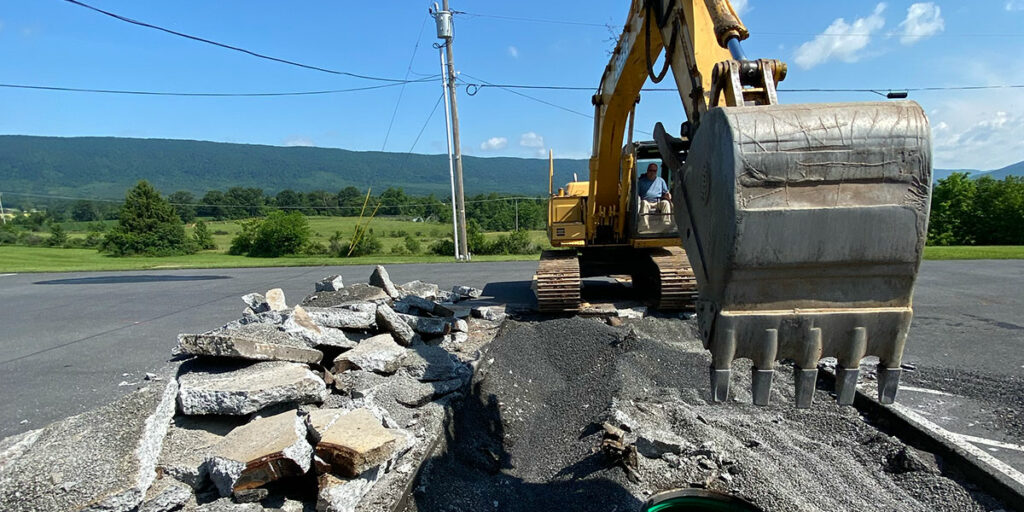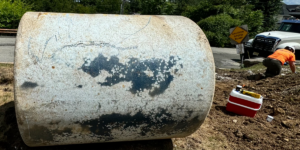It’s not something that immediately springs to mind when you consider selling a property, yet the presence of an underground storage tank (UST) can significantly impact the transaction process. As environmental awareness and regulation continues to grow, dealing with USTs has become a vital consideration in property sales. So, why is this important, and what does it entail?
USTs, often used to store heating oil or other substances, are a common feature of older properties. However, over time, these tanks can degrade and potentially leak, posing a serious environmental risk. Contaminants can seep into the soil and groundwater, causing substantial harm to local ecosystems. Moreover, cleanup costs can be exorbitant, frequently surpassing the tank’s removal cost itself.
From a real estate perspective, a UST presents a liability for both the seller and the buyer. Sellers are often obliged to disclose the presence of a UST, and potential buyers might be deterred due to the associated environmental and financial risks. If a leak is discovered, the seller could be held liable for cleanup costs and any related environmental damage, which can significantly impact the sale or even lead to legal disputes. More often than not, today’s buyers lending bank and/or attorneys require the seller to remove the tank as a condition of the sale.
So, what does this mean for those looking to sell a property with a UST?
Firstly, identifying the presence of a UST is paramount. This is usually done through a tank sweep, using metal detectors or GPR, ground-penetrating radar.
For the tank removal process it’s essential to hire professionals for this job, as it requires specialized knowledge and equipment. The process typically involves pumping out the remaining oil, cleaning the tank, excavating it, and then transporting it for disposal or recycling. After removal if there were signs of leaking, soil testing is conducted after to ensure no contamination remains.
When it comes to selling a property with a UST, “out of sight, out of mind” is not the mantra to live by. The presence of these tanks, especially if they’re in poor condition or have leaked, can cause serious complications. Removing an underground storage tank may require an initial investment, but it can save sellers from potential legal liabilities, costly cleanup operations, and complicated negotiations. Furthermore, it increases the property’s appeal to buyers, ensuring a smoother, more profitable sale.
Remember, the best move is always the proactive one. Tackle your UST issue head-on, and you’ll be paving the way for a hassle-free property sale.






